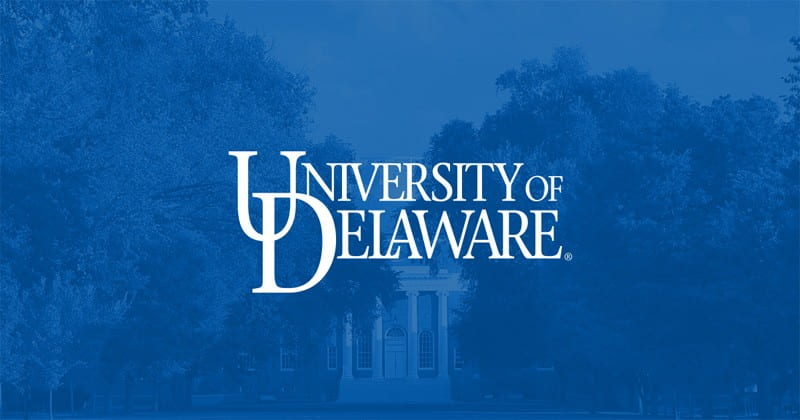UD Researchers Awarded NSF Grant to Build Next-Generation Secure Computer Chips
The FinTech Innovation Hub and the Center of Cybersecurity, Assurance and Privacy are thrilled to announce that three of our leading researchers—Prof. Satwik Patnaik, Prof. Chengmo Yang, and Prof. Nektarios Tsoutsos—have been awarded a prestigious grant from the Secure and Trustworthy Cyberspace (SaTC) program of the National Science Foundation (NSF) for their groundbreaking work at the intersection of hardware security and artificial intelligence. This award, a first of its kind for the University of Delaware, marks a significant milestone and solidifies UD’s position at the forefront of cybersecurity innovation.
The project, titled SaTC: CORE: Medium: Verifiable Secure Hardware Design via Game-Theoretic and Cryptographic Primitives, will develop a revolutionary approach to designing computer chips that are secure from the ground up.
The Big Picture: Securing Our Digital World
Integrated circuits, or chips, are the brains inside the technologies we rely on every day, from smartphones and cars to life-saving medical devices and critical national infrastructure. These chips are increasingly vulnerable to sophisticated hardware attacks that can compromise our privacy, safety, and security. Most security measures are added late in the design process—like an afterthought. However, as Prof. Tsoutsos explains with a powerful analogy: “Think of it like building a bank vault. You wouldn’t construct the entire building and only then ask a security expert how to bolt a lock on the door. You’d have the expert help design the reinforced walls, the complex locking mechanism, and the secure foundation from day one. That’s exactly what we’re doing for computer chips – making security a fundamental building block, not just a patch you add at the end.”

From left to right: Profs. Patnaik, Yang and Tsoutsos leading this NSF project at UD.
The Innovation: Using AI to Think Like an Attacker
So, what makes this project so innovative? The team is developing a “smart” design assistant that uses artificial intelligence to predict and neutralize threats before a chip is ever made.
“Today’s chips power everything around us, be it mobile phones, vehicles, to advanced infrastructure. However, most systems are not designed with evolving security threats in mind,” said Prof. Patnaik. “This project will build security into the blueprint of the chip, using a combination of artificial intelligence, game theory, and cryptography to anticipate attacks before they happen and propose secure design strategies to counter threats.”
This forward-thinking approach is critical, as cyber threats are evolving faster than ever.
“The frontline of cybersecurity has moved from software to the physical chips themselves, and traditional defense methods are simply too slow to keep up,” explained Prof. Yang. “At the University of Delaware, we are pioneering the use of state-of-the-art AI as a strategic advantage. We’re essentially teaching our design tools to think like an attacker – to anticipate, simulate, and neutralize threats before a single piece of hardware is ever manufactured.”
A Strategic Win for the University of Delaware
This grant not only supports pioneering research but also aligns perfectly with the university’s strategic goals. As the ECE Department Chair, Prof. Hui Fang noted, “This project is a perfect example of how our department combines advanced computing research with real-world impact. It strengthens our leadership in hardware and cybersecurity and directly aligns with the University of Delaware’s commitment to innovation in national and global security.”
The project will also provide invaluable opportunities for our students. Both graduate and undergraduate students will have an opportunity to participate in this project and gain rare, hands-on experience in the high-demand fields of AI, cybersecurity, and hardware design. They will present their work at major conferences and engage directly with industry and government partners, preparing them to be the next generation of leaders in technology.
The team’s long-term vision is to establish a comprehensive, open-source secure hardware design framework that will set a new global standard for security, benefiting everyone from individual consumers to national security agencies.
“This NSF award is the first of its kind in UD,” said Prof. Patnaik. “It allows us to take a proactive approach to hardware security, and to develop and share new tools and knowledge that will help both researchers and industry build safer, more trustworthy systems.”
Congratulations to Prof. Patnaik, Yang, and Tsoutsos on this incredible achievement!

